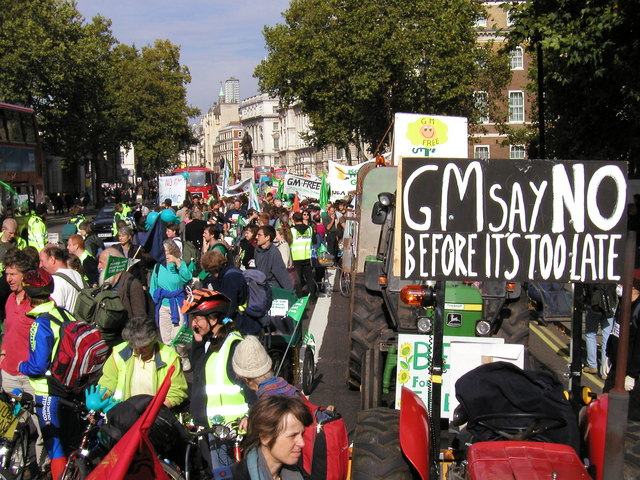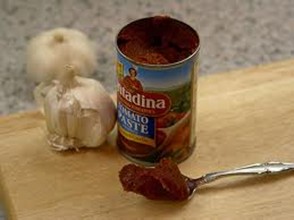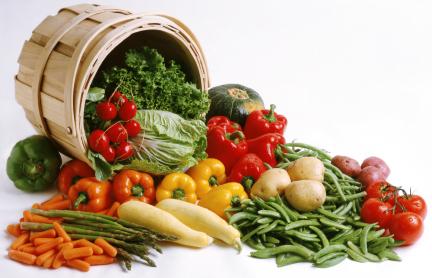Not since kindergarten, when some of us ate the library paste, has a more yucky food ingredient been brought to our attention, with the obvious exception of pink slime. (You’ll recall that pink slime is made of the sweepings from the slaughterhouse floor, washed in ammonia, and mixed with ground meat). This newly revealed substance is called “meat glue” and has been around for a while. A powder made of transglutaminase (an enzyme) and beef fibrin can be used to stick together odd bits of meat to form them into apparently whole prime cuts.
It may surprise you to learn that I don’t totally condemn this practice – in concept, anyway. Waste is a terrible thing to do to food, and anything that can reduce food waste is worth considering. On the other hand, meat itself is a huge waste (of grain, water, land, etc.), not to mention the cruelty involved, and if the concept of meat glue turns you off eating meat, that is a good thing!
Of course, when meat glue is used deceptively, to falsely upgrade less desirable parts of the carcass, that is dishonest and should be stopped. There’s another problem: bacteria from the surface of different pieces of animal flesh are now in the middle of the final product and less likely to be killed during cooking, possibly causing food poisoning.
What do you think?





